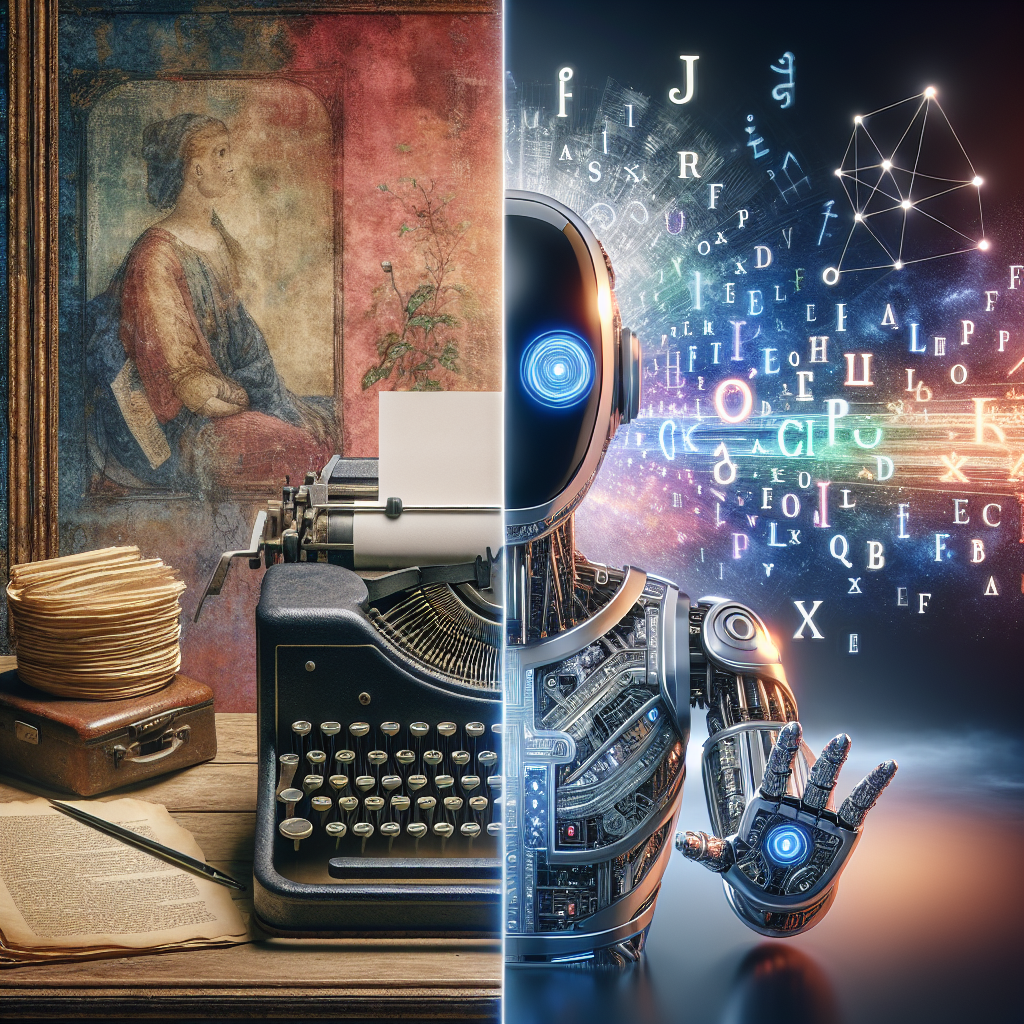“`html
Let’s Dive into the World of AI and Linguistic Translation!
Hey there! Have you ever wondered how those nifty translation apps work their magic, turning ‘Hola’ into ‘Hello’ in the blink of an eye? Well, it’s all thanks to the wonders of Artificial Intelligence (AI). In this article, we’re exploring how AI is revolutionizing linguistic translation. So grab a comfy seat and let’s talk about some of the most common questions!
How Does AI Perform Translations?
Great question! AI-driven translation is primarily powered by machine learning and neural networks. These systems are trained on huge volumes of bilingual text, learning to spot patterns and understand context. Can you believe neural translation allows machines to analyze entire sentences rather than just word-for-word translation? This means translations are becoming more natural-sounding and contextually accurate.
Why Use AI for Translation Over Traditional Methods?
There are several reasons, and they all make a compelling case! Here are a few:
- Speed: AI can translate vast texts almost instantly, which is a game-changer for global communications.
- Cost-Effectiveness: While hiring human translators can be pricey, AI offers a more budget-friendly option for many tasks.
- Consistency: With AI, the terminology and translations remain consistent over time, which is especially important for brand communication and legal documentation.
What Are Some Challenges AI Faces in Translation?
Even with all its advancements, AI isn’t perfect. Here are a few hurdles:
- Nuance and Culture: AI sometimes struggles with cultural nuances and colloquialisms that make languages rich and varied.
- Emotional Context: Translating emotional content like poems or speeches is still a big challenge for AI.
- Rare Languages: For less common languages, there may not be enough data available for the AI to train effectively.
Is AI Replacing Human Translators?
Hmm, not really. While AI is incredibly useful for quick translations and large volumes of text, human translators are still indispensable. They bring an understanding of cultural context, emotion, and artistic expression that machines can’t replicate—yet!
Final Thoughts
AI in linguistic translation is an exciting field that’s continually evolving. It offers stunning potential to bridge communication gaps across the globe, although it works best when paired with the skills of human translators. The future may hold even more surprising developments, and who knows, we might all have personal AI translators at our fingertips someday!
Thanks for reading! If you have more questions or thoughts, feel free to share. Let’s keep the conversation going!
“`
